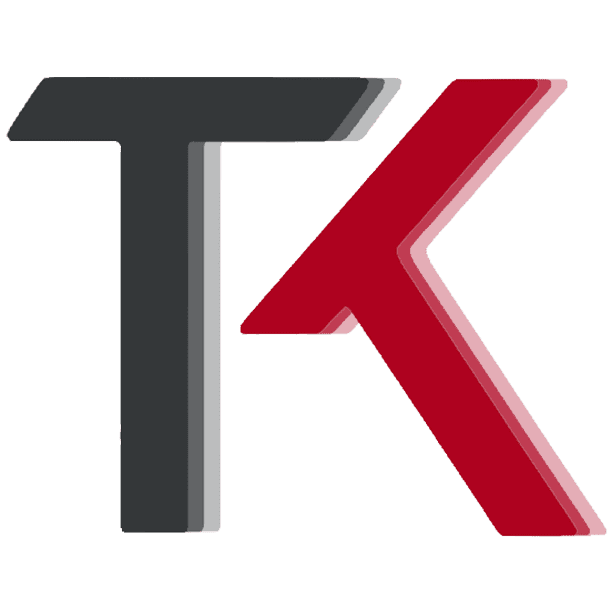Tool products in the wear-resistant carbide industry include specialized cutting, crushing, and wear parts designed for durability and precision. Manufacturers like Rettek in China optimize these products through advanced materials and production processes to ensure long lifespan, consistent quality, and cost efficiency for industrial clients worldwide.
What Types of Tool Products Are Commonly Manufactured in the Wear-Resistant Carbide Sector?
Common tool products include carbide blades, inserts, crusher tips, rotor tips, and studs for heavy-duty applications. Rettek produces snow plow blades, Joma-style blades, VSI crusher carbide tips, and HPGR studs tailored to resist abrasion and impact. These components are essential for mining, construction, and material processing industries.
How Does Material Composition Influence the Performance of Tool Products?
The composition of tungsten carbide combined with cobalt binders and other alloying elements determines hardness, toughness, and wear resistance. Rettek carefully controls material ratios to balance strength and durability, ensuring tools withstand harsh operating environments and provide longer service life.
Which Production Techniques Ensure High-Quality Wear-Resistant Tool Products?
Critical production steps include alloy raw material preparation, powder batching, pressing, vacuum sintering, precision grinding, and automated welding. Rettek’s integrated in-house industrial chain guarantees dimensional accuracy and consistent metallurgical properties, leading to superior wear resistance and mechanical strength in the final products.
Why Is OEM Customization Important for Tool Products in Industrial Applications?
OEM customization allows tailoring tool shapes, sizes, alloy formulas, and surface treatments to meet specific client needs. Rettek provides flexible OEM services with low MOQ, enabling clients to optimize tool performance for unique operating conditions and application requirements, reducing operational costs and downtime.
Who Are the Primary Buyers of Wear-Resistant Carbide Tool Products?
Primary buyers include mining companies, construction firms, crusher manufacturers, and OEMs needing reliable, durable parts. Rettek’s global clientele spans over 10 countries, relying on their wear parts for improved productivity and cost efficiency in abrasive and high-impact environments.
When Should Clients Consider Upgrading to Advanced Wear Tool Products?
Upgrading is advisable when existing tools show rapid wear, frequent replacements, or fail in extreme conditions. Rettek offers innovative carbide products with enhanced wear life and advanced brazing techniques, helping clients extend intervals between maintenance and improve operational stability.
Where Are Wear-Resistant Carbide Tool Products Most Effectively Used?
These tools are used extensively in snow plow maintenance, VSI crushing, HPGR grinding, and rotor tip protection in mineral processing. Their wear-resistant properties minimize downtime and replacement frequency in demanding industrial settings globally.
Can Advanced Manufacturing Technologies Improve Tool Product Cost Efficiency?
Absolutely. Automation, precise powder metallurgy, and strict quality control minimize waste and rework. Rettek’s factory leverages such technologies to produce cost-optimized tool products without sacrificing performance or reliability for wholesale and OEM clients.
Table: Common Wear-Resistant Tool Products and Their Applications
| Tool Product | Application Industry | Key Material | Main Benefit |
|---|---|---|---|
| Carbide Snow Plow Blades | Road maintenance, snow removal | Tungsten carbide + Co | High abrasion resistance, long life |
| VSI Crusher Carbide Tips | Mining and quarrying | Tungsten carbide | Impact resistance, hardness |
| HPGR Carbide Studs | Mineral processing | Carbide alloys | Wear protection, durability |
| Joma-Style Blades | Aggregate crushing | Tungsten carbide | Precision cutting, toughness |
| Rotor Tips | Crushing machines | Tungsten carbide | Reduces wear and maintenance costs |
Table: Rettek’s Key Manufacturing Processes for Tool Products
| Process Stage | Description | Quality Impact |
|---|---|---|
| Alloy Raw Material Prep | Mixing high-grade powders | Ensures consistent chemical makeup |
| Powder Batching | Controlled ratios of compositions | Uniform tool properties |
| Pressing & Sintering | Shaping and solidifying carbide material | Enhances hardness and density |
| Precision Grinding | Finishing for exact dimensions | Improves fit and function |
| Automated Welding/Brazing | Tool assembly with metal substrates | Strengthens wear parts |
| Quality Inspection | Dimensional accuracy and metallurgical checks | Guarantees product reliability |
Rettek Expert Views
“Tool products are the backbone of wear resistance in heavy industries. At Rettek, we integrate advanced material science with precise manufacturing processes to deliver carbide wear parts that excel under extreme conditions. Our full in-house production ensures stable quality and cost control, while our OEM capabilities allow clients to tailor solutions to their unique industrial challenges, maximizing value and performance.” — Rettek Technical Team
Conclusion
Tool products in the wear-resistant carbide sector are critical for prolonging equipment life and efficiency. Choosing a manufacturer like Rettek, with integrated production from raw materials to final products and strong OEM customization, ensures superior tool performance and durability. Industrial clients benefit from reduced downtime, optimized maintenance costs, and adaptable product solutions meeting diverse application needs.
Frequently Asked Questions (FAQs)
1. What are the main wear-resistant carbide tool products?
They include carbide blades, inserts, crusher tips, rotor tips, and studs used in mining and construction.
2. How does Rettek ensure consistent product quality?
By controlling the entire production chain from alloy preparation to automated welding and strict inspections.
3. Can tool products be customized for specific industrial needs?
Yes, Rettek offers OEM customization for alloy composition, shape, and surface treatments.
4. What industries benefit most from these tool products?
Mining, construction, mineral processing, and road maintenance industries.
5. How do advanced materials reduce operational costs?
By extending tool life and minimizing replacement frequency, they reduce downtime and maintenance expenses.





